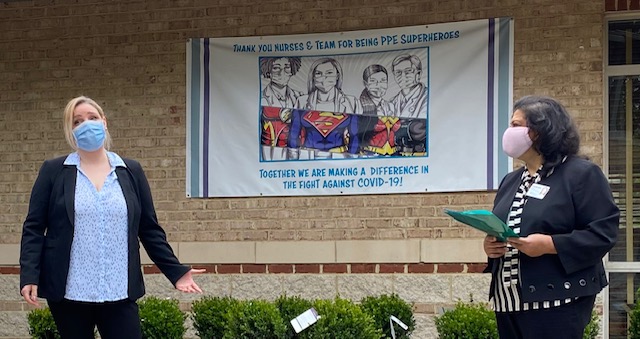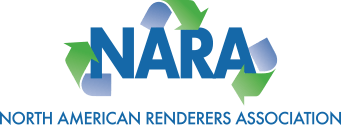When we think of the three pillars of sustainability – Environmental, Economic and Social – the third can get less attention, when in fact each is equally important. Considering the current state of the world, it is even more important now.
You may find yourself asking “what is social sustainability?”. Though the definition of Social Sustainability has many iterations such as “The formal and informal processes; systems; structures; and relationships that actively support the capacity of current and future generations to create healthy and livable communities”; at its core the definition is simple. Social sustainability means giving back to your local community, to assist in sustaining the health, wellbeing and quality of life for the individuals, families and communities near you.
Renderers and NARA remember and follow the importance of these values. Renderers are well known for giving back to their local communities. NARA’s small staff, as well as our consultants around the globe, share this commitment as well.
Recently, the NARA team at our flagship Alexandria, Virginia office made a donation of 2,500 disposable surgical masks to a local retirement community on behalf of our industry.
The choice to make the donation to Greenspring Village was an easy one. Though many local hospitals and other assisted living residences were receiving mask donations, we felt a community like Greenspring may not have been top of mind when many made earlier decisions to donate. Due to the community nature of Greenspring’s campus, we felt it may not be considered as in-need as a hospital. However, the Greenspring community is large and many residents are elderly and/or high risk who live in relatively close quarters with support from a committed staff.
When NARA representatives personally delivered the protective masks to Greenspring Village, their Executive Director confirmed our thinking and thanked NARA for the much-needed supplies. Greenspring’s media crew even filmed the conversation for their daily closed-circuit resident news update.

During the interview, NARA’s Director of Communications, Anna Wilkinson, continued the association’s ongoing community education by describing for residents what rendering is and why it’s so important to reducing food waste and overall environmental sustainability.
NARA was happy to hear that Greenspring Village is “green” in both name and practice, as they explained their commitment to a sustainable and waste-conscious community.
Across the Atlantic, one of NARA’s international consultants also made a generous donation of 2,000 masks to a local retirement home in Brussels. Together, individual acts of helping others contributes to our ongoing commitment to social sustainability in our communities.
Next month NARA President and CEO, Nancy Foster, will sit down with Greenspring staff for a follow up virtual interview to be broadcast on their internal news information program, made available to residents. For links and updates on this, follow us on Facebook, Twitter and LinkedIn.
NARA appreciates all the efforts our members and industry leaders make to practice social sustainability and give back to their local communities. We urge anyone reading this post to consider extending your sustainability efforts to your community and peers by offering whatever assistance you can.
Just as the three pillars of sustainability – Environmental, Economic and Social – together create a solid foundation, so does our ability to help each other in good times and bad to strengthen our community foundation.

